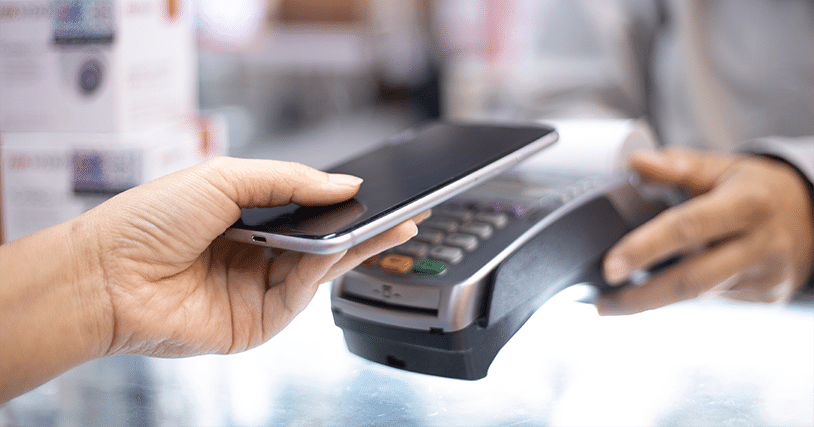
By its very definition, “convenience” speaks to speed and ease. Convenience stores (or C-stores) enable customers to buy an item or two right away. For instance, fuel retailers offer gas and go. But are ease and speed all customers want these days? Or are emerging technologies reshaping customer experiences and expectations?
Based on what I heard at the National Association of Convenience Stores (NACS) Show—the global trade show held in Las Vegas—it may be time to view convenience from a broader lens. Here are just a few of the technology-driven “conveniences” that customers may want:
-
Payment Flexibility – As Gray Taylor, executive director of Connexxus, stressed, “If you have millennials in your home, you know they don’t just use Visa or Mastercard. They use other stuff.” That means C-stores and petroleum retailers need to offer multiple ways to purchase and pay for products, including contactless options like paying at the counter with Venmo, PayPal or Bitcoin; or enabling digital purchases through a merchant app or QR code from anywhere in the store. During FSTEC, the trade show focused on technologies in the restaurant industry, Melanie Wilson, principal of Technomic, also noted that a much broader age group, including 56% of baby boomers, has now adopted digital ordering and payment—making flexibility a requisite for convenience.
-
Checkout Choices – In addition to seeking multiple payment options, customers increasingly expect more checkout choices, as technology continues to expand transactions beyond the cash register. Vehicle recognition capabilities (e.g. computer vision license plate or toll tag) will soon boost convenience and mobility even further. The connected car may require voice pay solutions (think Amazon Alexa) to enable drivers to complete the checkout process.
-
Geolocated, Frictionless, Targeted Offers – Convenience is often a matter of context. It’s about knowing what a customer wants, when they want it, given where they are. Timely offers based on past purchase history achieve higher conversion rates by reaching the consumer with relevant promotions at the right moment in the right place, while making it easy for them to say “yes” with a single touch on a mobile app.
The bottom line is that customers, especially loyal ones, want to feel as if they matter to the business. Here again, technology is changing how we build that relationship. Don Friend, CEO for P97 Networks, explained, “The key to digital loyalty is convincing the consumer to download your app. You want to stack your fuel loyalty on top of your retail loyalty.” In this way, customers can be rewarded by earning extra points on all purchases, not just fuel. Data from a merchant app can then enable digital coupons. The more a shopper uses an app, the more artificial intelligence (AI) and data can recognize buying behaviors and strengthen targeting. That creates convenience for customers when they learn their favorite items are in stock or on sale.
However, data must be timely, warned Darien Bates, CTO of &pizza during FSTEC, “This is where data is not like oil; data is more like broccoli. It goes stale quickly.” Fresh data, he said, can also help to identify when a customer’s loyalty might be waning, so a C-store can intervene with offers designed to re-engage.
It goes without saying that the broadest definition of convenience should still include ease and speed and perhaps even a smile—all the core service qualities customers value most when they pop in for snacks, gas or sodas. But more and more in our connected experience, digital conveniences will likely separate the one-and-dones from customers who keep coming back for more.